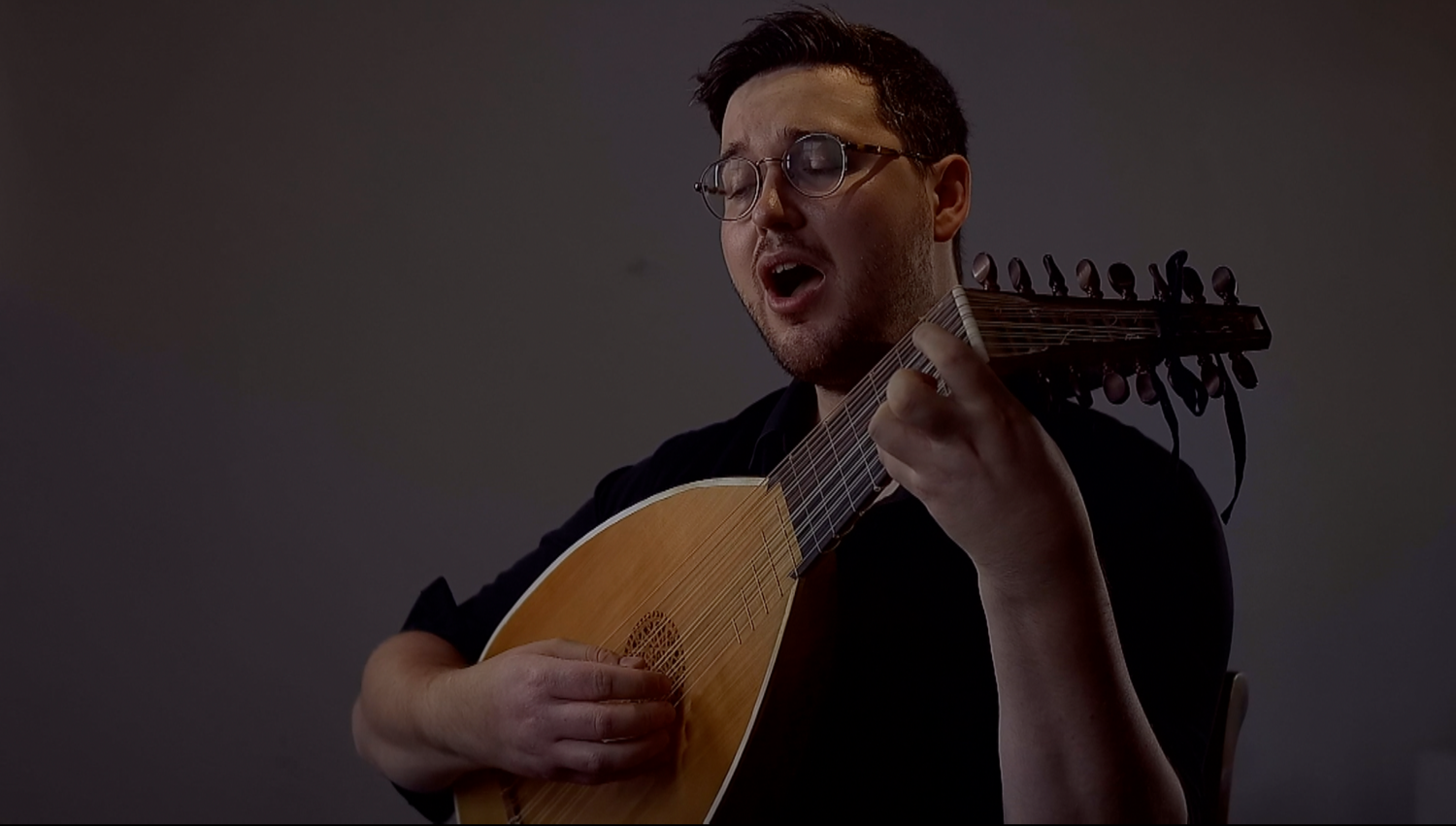top of page
Reimagining Historical Voices
Search


Tosi on the Excesses of Modern (1723) Singers, and the Patience of the Waiting Orchestra
Ԥ 5. Every Air has (at least) three Cadences, that are all three final. Generally speaking, the Study of the Singers of the present...

Tim Braithwaite


Isaac Nathan’s Annotations on a Handel Aria and the Swelling and Dying of the Voice
‘The preceding examples receive their colouring from the discrimination of the singer; but a still nicer task remains for him to execute,...

Tim Braithwaite


A Letter From Saint-Évremond to a Monsieur Dery on ‘a mild operation’ to Retain his Youthful Voice
‘I would say to you, in an entirely insinuated way, that you must make yourself sweetened [adoucir] by a mild [legere] operation, which...

Tim Braithwaite


Lascia Ch’io Pianga (as?) Sung by Signora Isabella in the Opera of Rinaldo
The extract below from William Babbel’s ‘Suits of the most Celebrated Lessons’ (1717) shows a transcription for keyboard of the famous...

Tim Braithwaite


Thomas Coryat on Choral Performance Practice and a ‘supernaturall voice’ in Venice (1611)
‘Sometimes there sung sixeteene or twenty men together, having their master or moderator to keepe them in order ; and when they sung...

Tim Braithwaite


Joseph de Lalande's Comparison of French and Italian Register Usage
‘I have said that the tenor of the Italians was the haute-contre of the French; at least the tenors hardly differ if...

Tim Braithwaite


Fermatas in Fifteenth-Century Polyphony: A Notated Cadenza
A Gloria from an unknown mass setting by Estienne Grossin. Check out the ossia cadenza!

Tim Braithwaite


Johann Petri on High Falsetto Singing
‘A certain soprano who was very skilled and excellent at singing in falsetto (but was not a castrato) once sang arias rising to an e’’’ ...

Tim Braithwaite


Luigi Zenobi’s Instructions for the Perfect Soprano (c.1600)
There remains the soprano, which is truly the ornament of all other parts, just as the bass is the foundation. The soprano...

Tim Braithwaite
bottom of page
